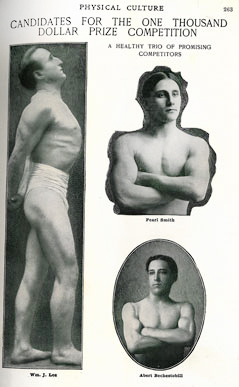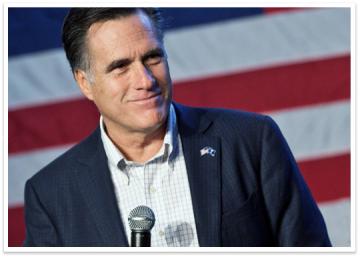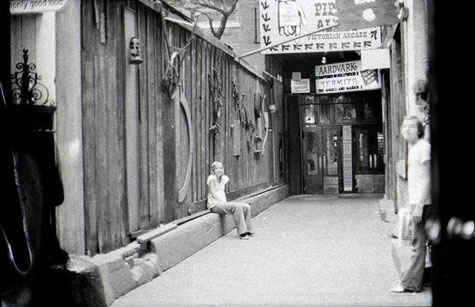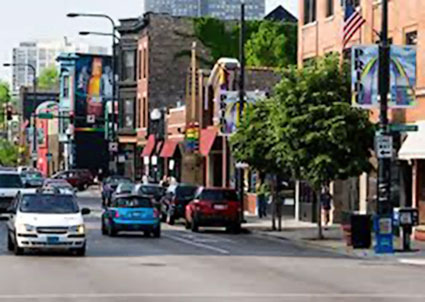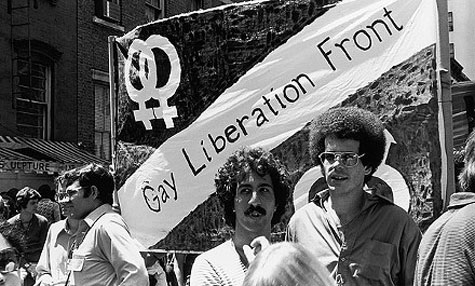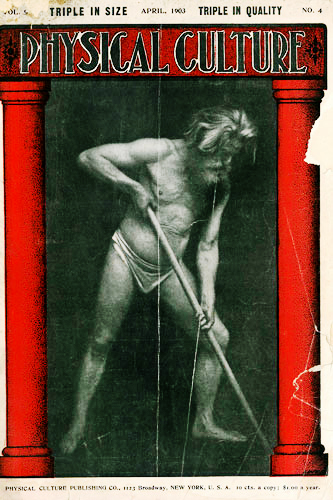
In 1907, Mcfadden was arrested again for publishing a story in Physical Culture Magazine which was judged to be "obscene material." This time, Mcfadden was convicted. He attempted to have the case heard before the Supreme Court, but was denied on the grounds that the case did not involve constitutional questions. He campaigned nationally to have his conviction overturned, and finally in 1909, received a presidential pardon from President Taft.
Mcfadden's philosophy was essentially a combination of the naturalistic and self-reliance New Thought (much of it watered down Ralph Waldo Emerson) philosophies: any type of physical weakness took on practically criminal proportions, but one could, though much self-reliance and both physical and mental discipline, overcome such weakness (like he did; he was considered a weak and sickly child and not expected to live long) and improve not only the body (including the sexual organs), but the mind as well.
The mind exerts a tremendous influence over the body. According to Macfadden, one can improve through structured exercise and nutrition programs.
In 1906, he wrote and published a book titled Muscular Power and Beauty, in which explains how to use tension and resistance exercises to develop muscles. A couple decades later the iconic muscleman Charles Atlas would successfully market a course based on these exercises.
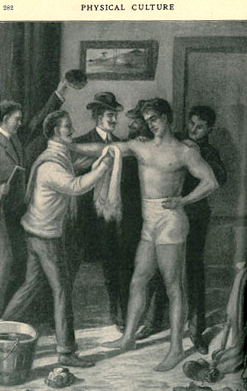
One of his more revolutionary ideas was his emphasis on women being physically healthy. Mcfadden encouraged women to exercise and even show more of their bodies than was considered respectable; he campaigned against corsets and high-heeled shoes (which items later became prominent in the fetish-oriented sexuality as early as the 1920s; see description of Bizarre Magazine to appear later on this blog).
Mcfadden was a proponent of "natural movement" in both sexes, which hardly meant sexual indulgence, but rather a disciplining the body so it functioned at full capacity, not only so it could compete in, but also enjoy the benefits of, living. Living of course includes sex, which was natural and wholesome; prudery only encouraged unhealthy shame and guilt.
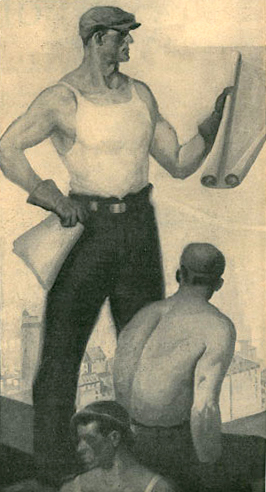
This publication lasted until 1941, after several lawsuits against Mcfadden Publishing Company (he used company assets to finance his own ventures). Macfadden relinquished his interests in the corporation.
After retiring, Macfadden bought the rights to publish the magazine, but he was unsuccessful. The magazine died with him in 1955.




_-_Bernarr_Macfadden_as_David_-_1905_ca1.jpg)
